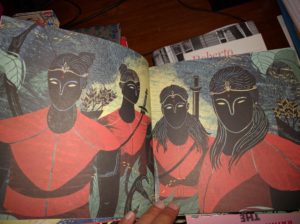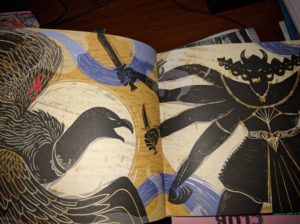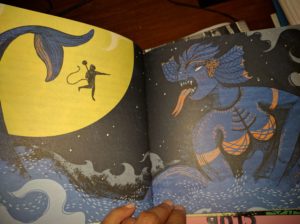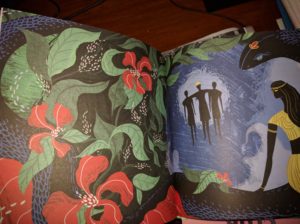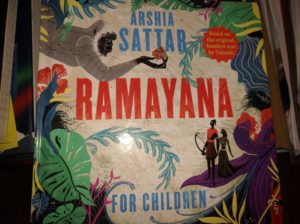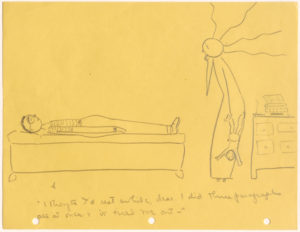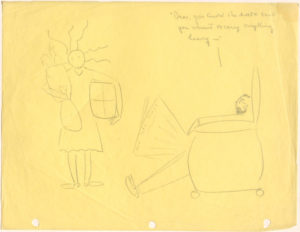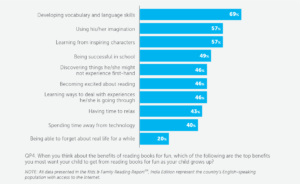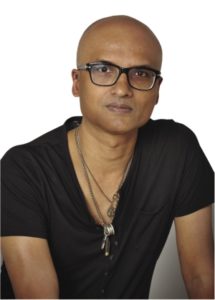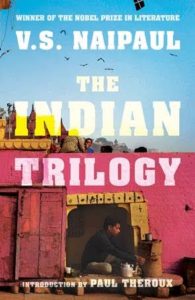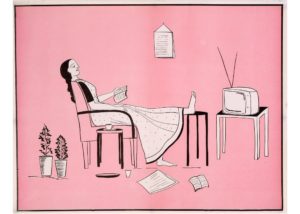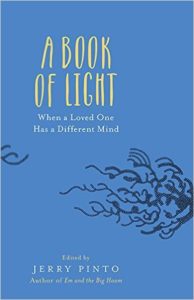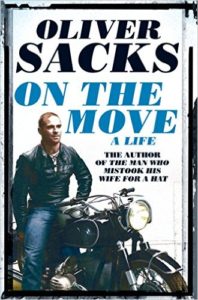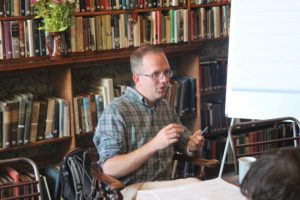

HARRY HOLE IS BACK!
Harvill Secker announce Harry Hole’s return
in a new JO NESBO novel in 2017
THE THIRST by JO NESBO will be published 4 May 2017
In news that will delight his millions of fans worldwide, Jo Nesbo confirms that his hardboiled Oslo detective Harry Hole will return in his latest novel, THE THIRST, to be published by Harvill Secker in May 2017.
THE THIRST continues the story of #1 bestseller POLICE, Harry Hole’s last outing in 2013, which saw the maverick cop protecting those closest to him from a killer wreaking revenge on the police. THE THIRST will see Harry drawn back to the Oslo police force when a serial killer begins targeting Tinder daters with a signature killing method that leads Harry on the hunt of a nemesis from his past. It is the eleventh instalment in Jo Nesbo’s bestselling crime fiction series, which have sold over 30 million copies worldwide and are published in 50 languages.
Jo Nesbo says: ‘I was always coming back to Harry, he is my soul mate. But it is a dark soul, so it is – as always – both a thrill and a chilling, emotionally exhausting experience. But Harry and the story make it worth the sleepless nights.’
THE THIRST is one of several treats in store next year for the millions of Jo Nesbo and Harry Hole fans. In January 2017, Harvill Secker will publish a 20th anniversary edition of THE BAT, Jo Nesbo’s first Harry Hole novel, with a new introduction by the author. In October 2017, Michael Fassbender will star as Harry Hole in the film adaptation of The Snowman, in which Nesbo’s detective tracks a serial killer murdering unfaithful women and leaving a snowman behind as a calling card. The film will be directed by Tomas Alfredson (Tinker Tailor Soldier Spy, Let the Right One In).
THE THIRST by Jo Nesbo will be published in hardback, ebook and audio book by Harvill Secker in the UK, in a simultaneous English language publication with Knopf in the US and with Random House Canada, all divisions of Penguin Random House.
Liz Foley, Harvill Secker Publishing Director, says: ‘2017 will be the year of Harry Hole! We are delighted to be bringing the millions of Jo Nesbo fans a thrilling new Harry Hole novel in The Thirst and celebrating Harry’s first adventure with our special anniversary edition of The Bat, as well as watching Harry’s first foray onto the big screen with the film adaptation of The Snowman next autumn. It’s going to be brilliant to be back in Harry’s world again.’
Jo Nesbo played football for Norway’s premier league team Molde, but his dream of playing professionally for Spurs was dashed when he tore crucial ligaments in his knee. After military service he attended business school and formed the band Di derre (Them There). Their second album topped the charts in Norway, but he continued working as a financial analyst, crunching numbers during the day and gigging at night. When commissioned by a publisher to write a memoir about life on the road with his band, he instead came up with the plot for his first Harry Hole crime novel, The Bat. He is regarded as one of the world’s leading crime writers, with The Leopard,Phantom, Police and The Son all topping the UK bestseller charts. His books have sold over 30 million copies worldwide and his novels are published in 50 languages.
Visit www.jonesbo.co.uk for further information.
The Harvill Secker crime list is home to the hottest crime from the coolest countries. Specialising in the very best in international crime fiction, the list includes number one bestselling phenomenon Jo Nesbo, Henning Mankell’s Kurt Wallander series, and four times winner of the CWA Dagger Fred Vargas. Harvill Secker publishes home-grown writers including Denise Mina, whose standalone novel The Long Drop will be published in March 2017, winner of the Harvill Secker Telegraph Crime Writing Competition, Abir Mukherjee, Ruth Ware, whose latest thriller The Woman in Cabin 10 is a Sunday Times Top Ten bestseller, and WHSmith Richard & Judy pick Those We LeftBehind by Stuart Neville.
Harvill Secker is part of the VINTAGE division of Penguin Random House.
For more information please contact:
Shruti Katoch Dhadwal, Senior Manager – Publicity and Marketing
[email protected]
Warm regards
Shruti Katoch Dhadwal
Senior Manager – Marketing and Publicity
| Penguin Random House
7th Floor, Infinity Tower C,
DLF Cyber City, Phase – III,
Gurgaon – 122 002 Haryana
India
|
